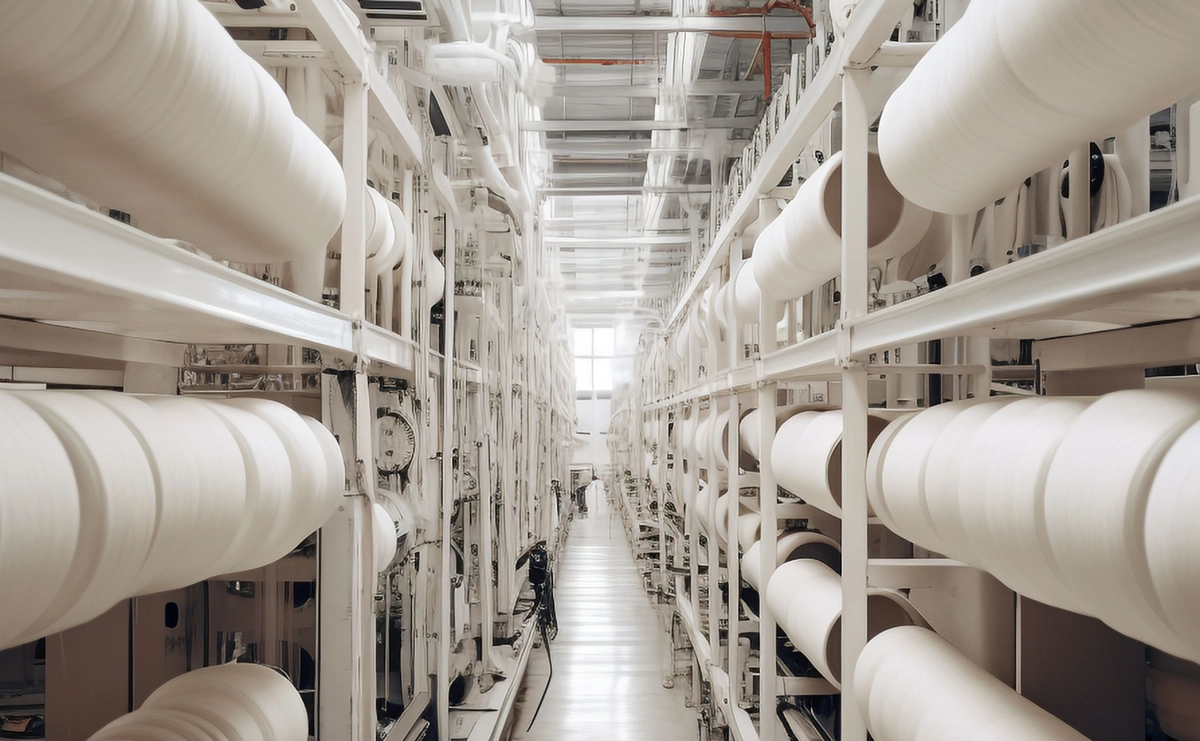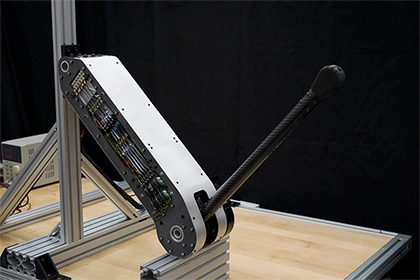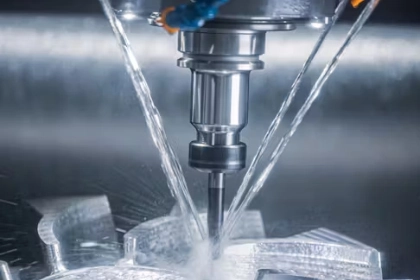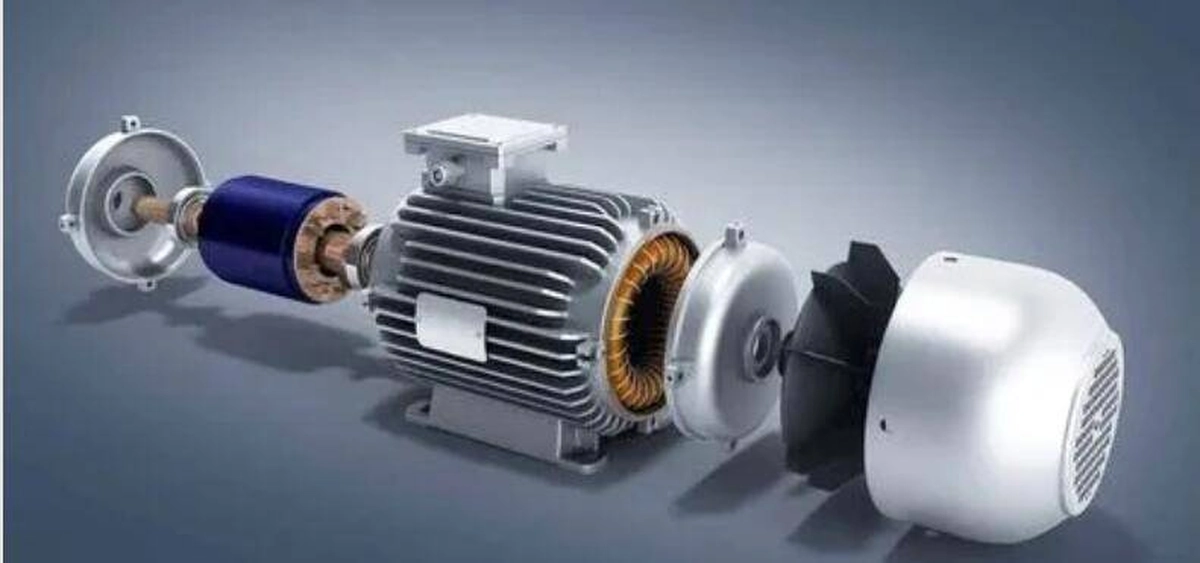- +86 19149417743
- Zhengzhou, Henan Province, China
- Mon-fri: 8am - 7pm
Get a quote

Electric motors are the workhorses of modern textile mills, providing the necessary power to drive various machines and equipment essential for the production of textiles. This essay aims to delve into the specific type of electric motor predominantly used in textile mills, shedding light on its functions and significance within this industry.
Before exploring the specific type of electric motor used in textile mills, it is crucial to understand the unique operational requirements of this industry. Textile manufacturing involves a multitude of processes, including spinning, weaving, knitting, dyeing, and finishing. Each of these processes demands different types of machinery, all of which rely on electric motors for their operation. Therefore, the electric motor selected for textile mills must be versatile, efficient, and capable of delivering consistent power across diverse applications.
In the realm of textile manufacturing, induction motors reign supreme as the primary choice for driving the machinery and equipment employed in various production processes. These motors are favored for their robustness, reliability, and ability to provide constant speed under varying loads, making them well-suited for the demanding and dynamic nature of textile mill operations. Induction motors are adept at handling the start-stop cycles and load fluctuations commonly encountered in textile machinery, ensuring smooth and uninterrupted production processes.
Within textile mills, spinning and weaving processes form the core of manufacturing yarns and fabrics. In these critical operations, electric motors play a pivotal role in driving spinning frames, looms, and other related machinery. The consistent and reliable power delivered by induction motors is instrumental in maintaining the precise speeds and tensions required for the production of high-quality yarns and fabrics. Furthermore, the ability of these motors to operate efficiently over extended durations aligns with the continuous nature of spinning and weaving processes, contributing to the overall productivity of textile mills.
In recent years, there has been a growing emphasis on energy efficiency and sustainability within the textile industry. Induction motors, utilized in textile mills, have undergone advancements aimed at enhancing their energy efficiency, thereby aligning with the industry's sustainability goals. By integrating variable frequency drives (VFDs) and other control systems with induction motors, textile mills can optimize energy consumption, reduce wastage, and minimize their environmental footprint while ensuring consistent and precise operation of machinery.
In conclusion, the utilization of induction motors in textile mills underscores their indispensable role in driving the machinery and equipment central to textile manufacturing processes. Their resilience, reliability, and adaptability make them the ideal choice for powering spinning frames, looms, and an array of other specialized machinery within textile mills. As the textile industry continues to evolve, induction motors equipped with advanced control technologies will remain pivotal in fostering energy efficiency, sustainability, and operational excellence within textile manufacturing, ensuring the seamless production of textiles for diverse global markets.
 2024-08-30 16:01:40
Engineering
2024-08-30 16:01:40
Engineering
 2024-07-26 14:09:13
Engineering
2024-07-26 14:09:13
Engineering
 2024-07-18 09:42:00
Engineering
2024-07-18 09:42:00
Engineering